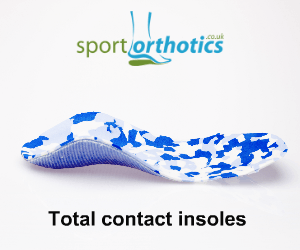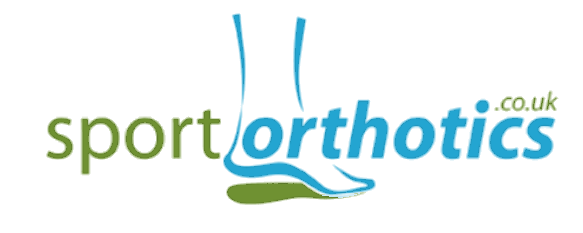Custom foot orthotics and insoles, manufactured in our own orthotic lab
There are a large variety of different types of orthotics specifically prescribed for different conditions. The type of condition you have, and the details from your biomechanical assessment influence your prescription.
We are the largest network of orthotic and biomechanics clinics in Scotland. We have clinics across Scotland. Our biomechanics Podiatrist/Orthotist's have clinics covering all areas of Scotland. Our locations include Hamilton, Glasgow, Edinburgh, Aberdeen, Doune and Ayr.
Our manufacturing process

We don't make our orthotics for anyone else. We make our own custom orthotics specifically to prescription for our own clinical team. We design them depending on your activities, sport and footwear. Your biomechanics podiatrist or orthotist will discuss the possible custom orthotic design requirements at your biomechanical assessment.
Our custom insoles are fitted and finished while you wait in our on-site orthotic lab. Our lab services the Glasgow, Edinburgh, Aberdeen and central belt of Scotland. Information is provided below on some of the orthotics we may prescribe for you.
How are our custom orthotics made?
Non-weightbearing plaster cast method
Custom orthotics are made for each indivdual patient with the prescritpion features built into the orthotic insoles (or orthoses) as they are manufactured.
They can be made in a variety of ways. The cast method involves taking a plaster cast or impression of the foot. This allows the orthotics to be manufactured exactly to the contours of the foot in the corrected prescription
There is still a requirement to take plaster casts despite the newer scanning technologies available. Many other clinics prefer to use other approaches such as impression boxes due to their ease of use. However, their ease of use comes at a cost and we feel compromises the function of your finished orthotics.
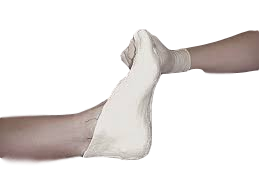
Why do we take a plaster cast of your feet?
The issue with certain foot and ankle conditions is that the position of the foot and ankle changes dramatically even when partially weight bearing in an impression box. This means any alignment issue is replicated in the impression box.
Equally, some conditions require passive correction by hand and therefore 3D scanning restricts the ability to do this. Before choosing which private biomechanics and orthotics clinic to use, be sure to investigate how they may capture your alignment before investing in your orthotics.
If you are going to make the investment in orthotics, be sure your clinician is prepared to invest their time in you and the manufacture process to ensure the best outcome for biomechanical issues.
3D Scan & Print
3D scanning technology is the latest way in which we can design your orthotics to be accurate and effective. We usually cast or scan in a non-weight bearing position to ensure we capture the foot in a more neutral position and to maximise control from the orthotics that we prescribe and manufacture.
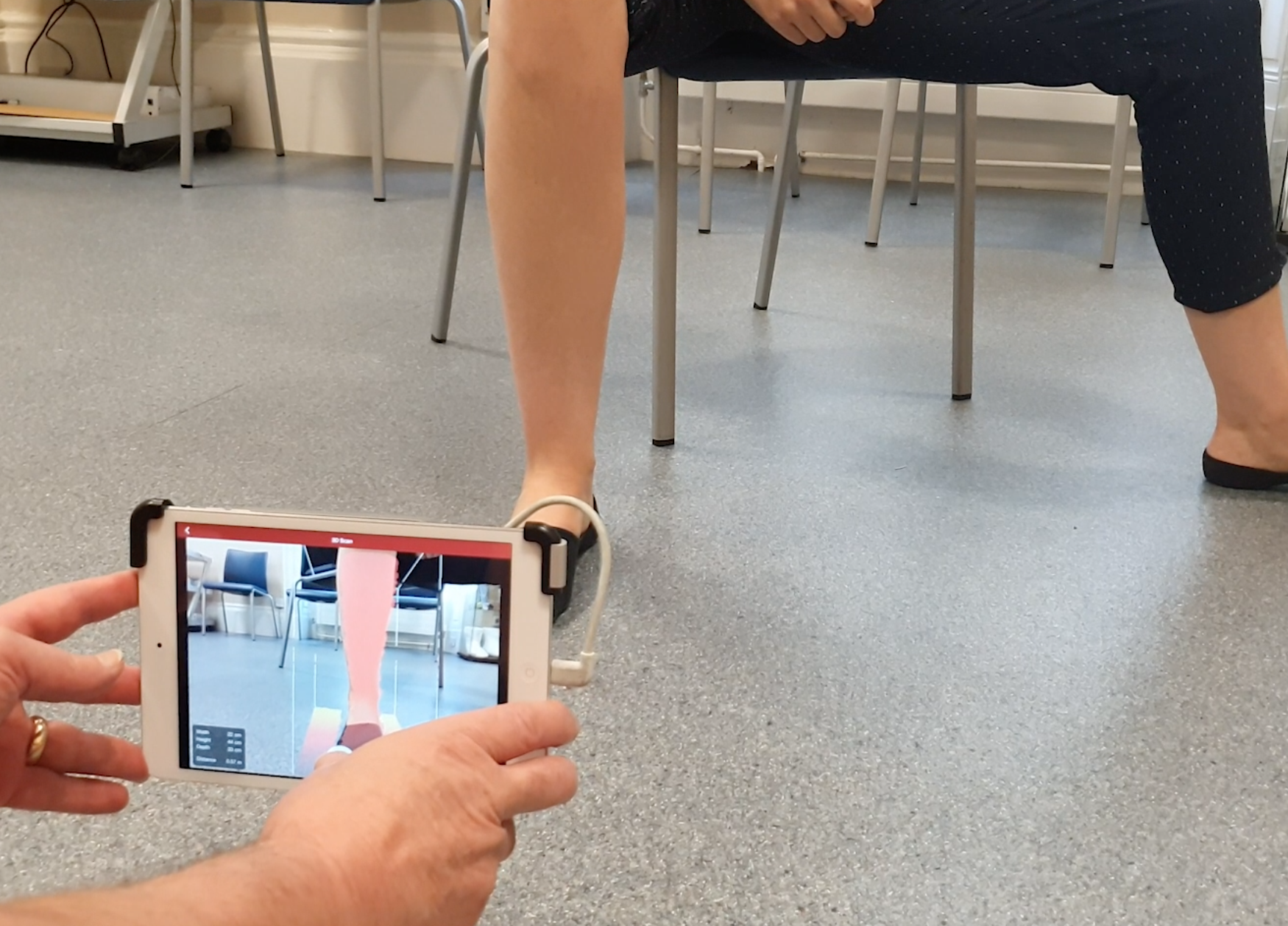
What types of custom orthotics are available?
Functional Foot Orthotics
Functional foot orthotics (FFO's) are probably the most common type of prescription orthotics.
These orthotics are used for biomechanical problems which are relatively easily controlled. They do this by persuading your foot to work within "normal" biomechanical limits. In normal biomechanics the foot will roll in (pronate) and out (supinate) to allow the foot to work efficiently. in many biomechanical problems.
They can be 3/4 length or full length with various designs, wedges and cushioning dependant on the individual patient needs.
By restoring the natural movement of your foot this prevents the symptoms caused by abnormal biomechanics.
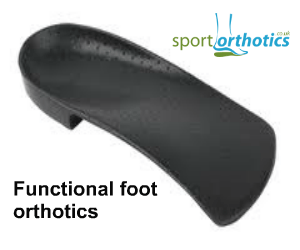
Heel Cups
Heel cups are used for more significant biomechanical issues or feet that require more significant control. Some examples of these are severe over pronation, or arthriitis.
A heel cup is designed for issues where the proantion and supination of the foot needs to be significantly controlled. This is where a foot that is painful on movement due to a significant injury or wear and tear e.g. arthriitis.
They are made from plastic and control the foot very firmly. However, they can have cushioning to provide some shock absorption.
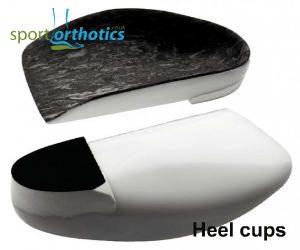
Total Contact Insoles
Total contact insoles are designed to follow the shape of the foot very intimately, and are especially useful for the high arched foot or under pronator.
The "exact" fit means pressure areas are reduced when wearing these particular orthotics. These are made using either a plaster cast or laser scanning (CAD CAM) and are made from EVA (foam) of different density to either control or cushion the foot.
They would be wedged and padded as required to control the biomechanics of the foot.
